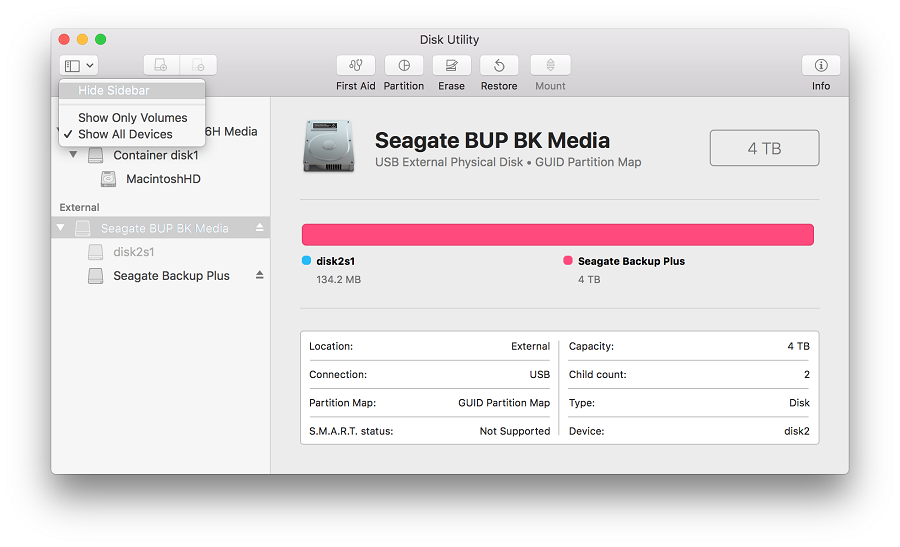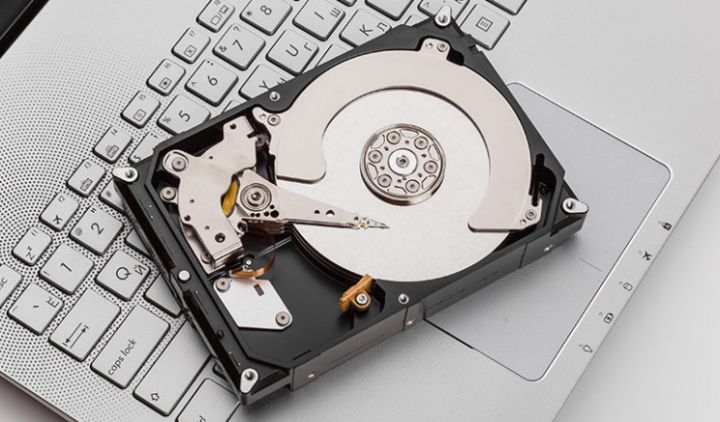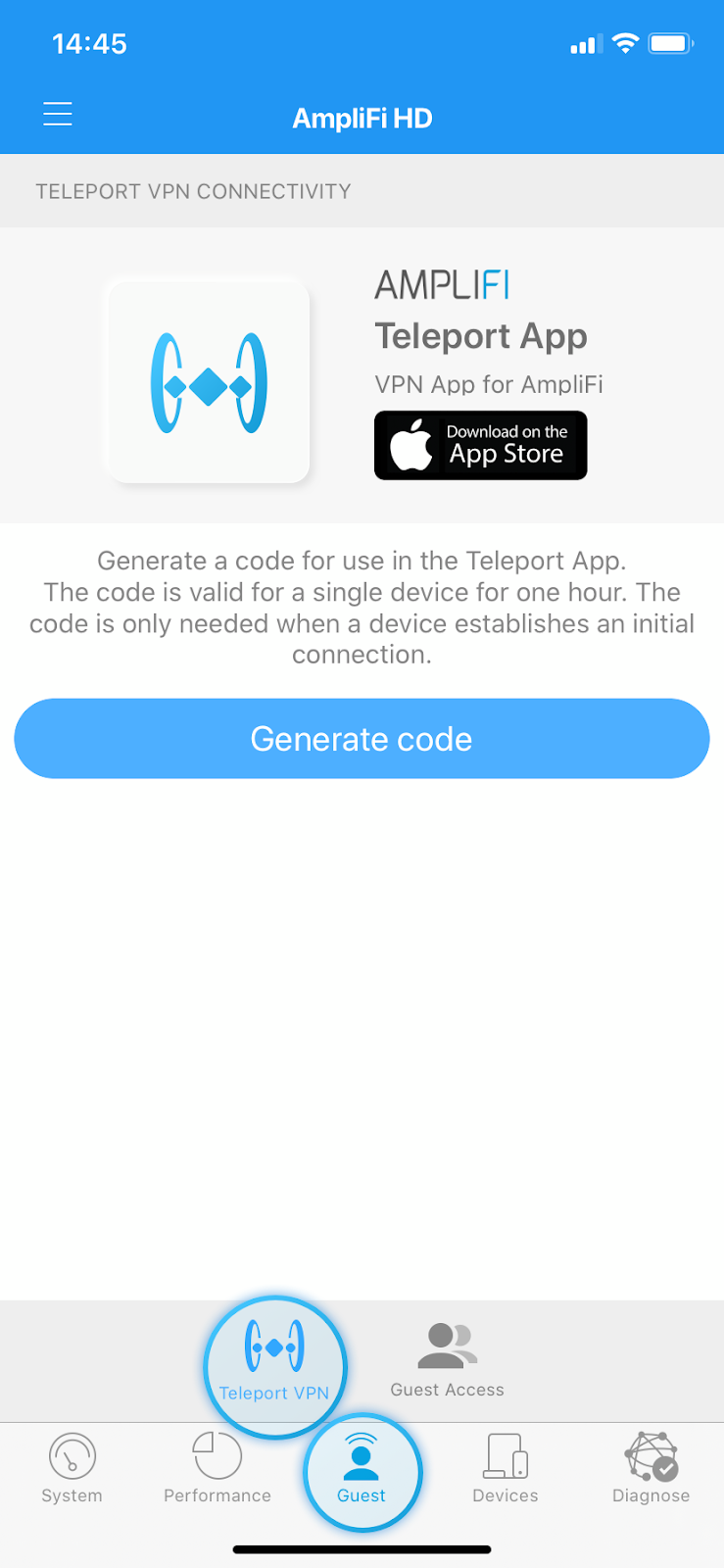

#Hdd unlock wizard internet error how to
In this tutorial we’ll show you how to manually lock or unlock BitLocker encrypted drive in Windows 10 / 8 / 7.īefore you can manually lock a BitLocker drive, make sure you’ve set up a BitLocker password for your hard drive and turn off the auto-lock feature. If you’ve turned off auto-lock for BitLocker drive, you have to manually unlock it when your computer starts up. Its output can be used with hdparm.Hot to lock the BitLocker encrypted drive without restarting system? By default, Windows will automatically unlock your BitLocker drive when you sign in to your account. He also has a Ruby tool which reproduces this algorithm. This guy has reverse engineered the algorithm that the Lenovo BIOS uses to encode HDD passwords. If I manage to set a new password, but still unable to disable security, that would suck big times. Theoretically, issuing a SECURITY_SET_PASSWORD immediately followed by a SECURITY_DISABLE should be fool-proof, but honestly, I did not dare to take the risk. Thus, I could have really ended up with a HDD that I can not even unlock, and then it's game over. However, I found this method too dangerous, for the following reasons: if I set a password that doesn't conform with the Lenovo BIOS encoding style, the Lenovo BIOS will not allow me to unlock the HDD anymore. So I should be able to supply an arbitrary new password when the hard drive is unlocked, and then try SECURITY_DISABLE with the correctly encoded password. In theory, setting another password does not require to supply the old password. It probably means that the Lenovo BIOS encodes the HDD password in an unknown way. I encoded the password into keyboard scan codes, but I was still unable to disable security. Somewhere I've read that many BIOS-es encode the HDD password in keyboard scan codes, and not in ASCII. Issuing SECURITY_DISABLE command, password="PASSWORD", user=user Note, I'm not sure if this method actually exists, maybe it's an urban legend, as I didn't find a method to activate this wipe & unlock feature.Ĭould you help me how could I go on with recovering or force-removing my master passwords, even if I lose the drive's hdparm -security-disable PASSWORD /dev/sdb Since I can access the data on my disks, I could back them up to other disks, and then it would be acceptable for me to wipe the disks, if this is the easiest method to get rid of the passwords.

However, somewhere I read, it is possible to force-remove passwords, but then the drive wipes itself, so at the end of the day, I'd get empty, passwordless drives. Also, I tried different hdparm security commands when the HDDs were unlocked, and it seems like I have unlimited tries, I don't need a power cycle after every 5 attempts.Ĭracking the master password would be fine for me.

It doesn't accept my user password as a master password, and it doesn't accept an empty password either.Īs you see, my situation is probably different from most of the other HDD unlock threads, because at least I know the user password, thus I'm able to access the data on my disks. I would guess it's empty, undefined, yet BIOS and hdparm says, a master password is set, and I need to know that to remove the user password. Somehow, my master password became the user password, and now the master password is unknown. So I assumed to clear the user password, while still having a master password. I don't even remember what steps I took exactly, but I wondered if it's possible to remove the user password, but leaving a master password. The other drive got password-locked due to my own stupidity.
#Hdd unlock wizard internet error code
„Master password revision code = 16385”, which, as I learned elsewhere, means that the master password is not the factory default. My ThinkPad T400 BIOS requires a master password for this, which I don't know. I was fine using the user password for unlocking it, but now I would disable password security. But my goal would be to remove password protection entirely, and that requires a master password, and the master passwords are unknown.Īs for the first drive, it was a corporate drive. I can even change these user passwords to something I fancy.

I know the user password for these drives, so I can use them, e.g., I access their data without any problems. I have two 2,5 inch SATA drives those are password locked. This is another thread to deal with HDD passwords.


 0 kommentar(er)
0 kommentar(er)
